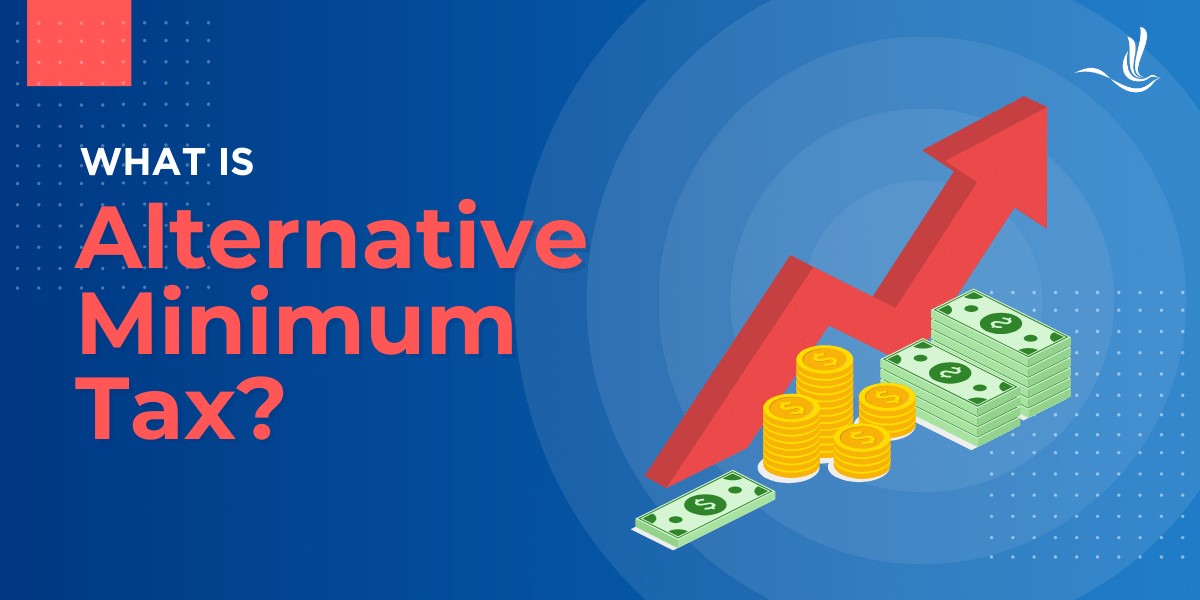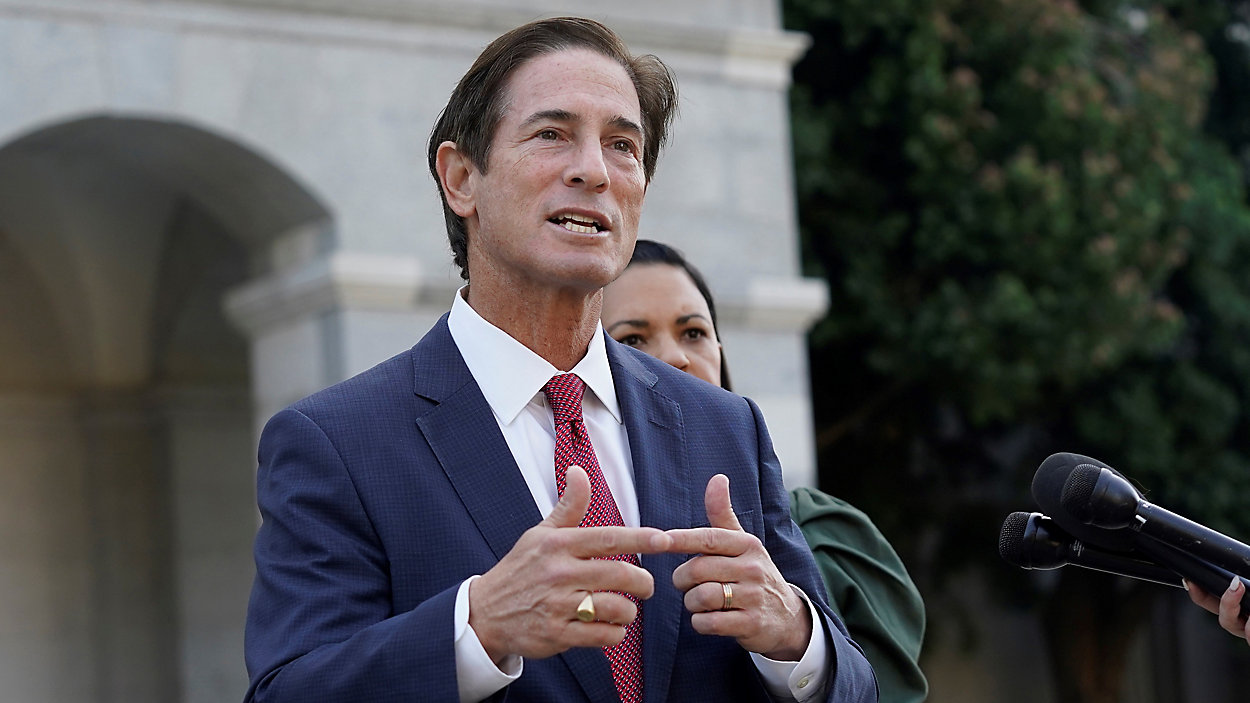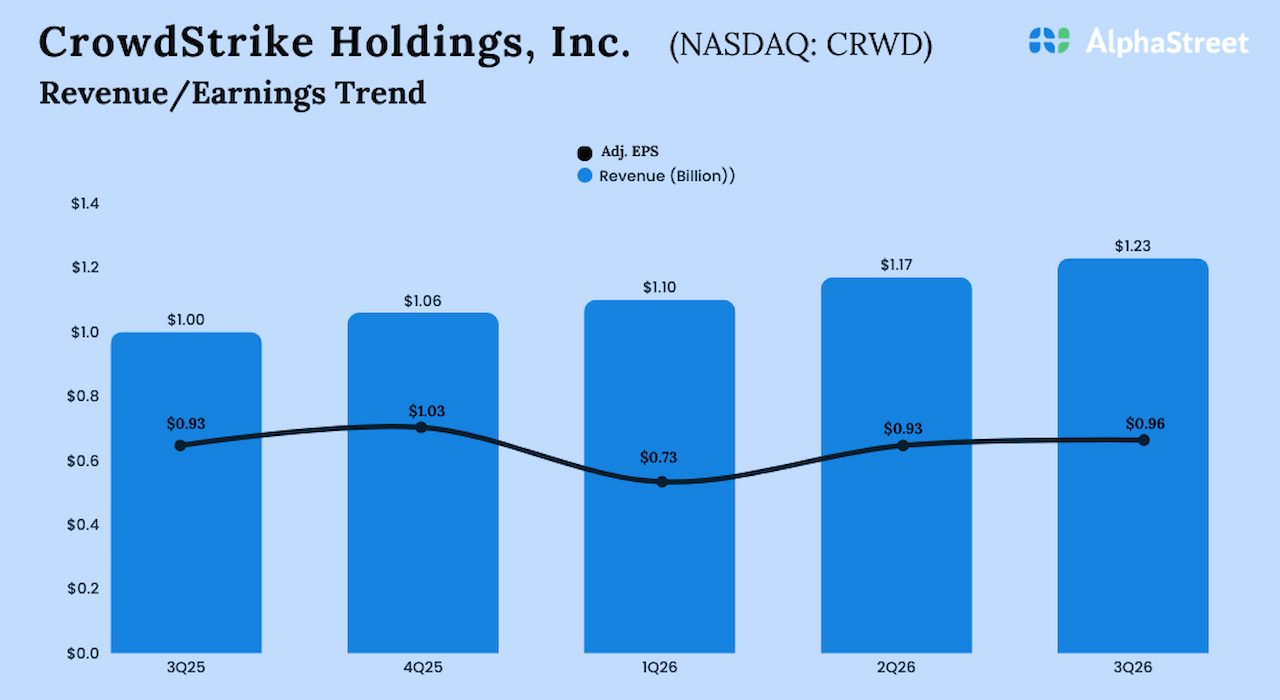Key Findings
In addition to having one of the highest top income taxA tax is a mandatory payment or charge collected by local, state, and national governments from individuals or businesses to cover the costs of general government services, goods, and activities. rates in the country, Massachusetts has the nation’s 6th highest property taxA property tax is primarily levied on immovable property like land and buildings, as well as on tangible personal property that is movable, like vehicles and equipment. Property taxes are the single largest source of state and local revenue in the U.S. and help fund schools, roads, police, and other services. collections per capita and the 10th highest property taxes as a percentage of personal income.
State aid to cities and towns is on the decline, while Massachusetts’s state revenue collections are currently surpassing established benchmarks.
Levy limits tend to be the most structurally sound remedy; they are effective at curtailing rising tax bills and are less distortionary as they allow individual property values to fluctuate with market activity.
Proposition 2 ½, which imposes a limit on the amount of local revenue a community can levy, was passed by Massachusetts voters in 1980 in response to rapidly rising property tax bills.
With Proposition 2 ½, property taxes in Massachusetts are still high, but without it, property tax bills would have risen significantly more than they already have in the past 40 years.
Mayor Michelle Wu (D) of Boston, Massachusetts, recently called for the repeal of Proposition 2 ½, a property tax limitation that has been in place since the early 1980s.[1] The levy cap has helped slow property tax growth, keeping property tax burdens in check in a high-tax state. Lawmakers should be wary of opening the door to changes to Proposition 2 ½, which could create large, sustained property tax increases for Massachusetts owners and renters.
What Is Proposition 2 ½?
Proposition 2 ½ was passed by Massachusetts voters in 1980 in response to citizen outcry to escalating property taxes. Proposition 2 ½ establishes two types of levy limits:
The law imposes a ceiling on the total property tax revenue that municipalities can raise, which is capped at 2.5 percent of the assessed value of all taxable property within the municipality.
The law additionally imposes a levy limit, restricting the amount the levy can increase from year to year. The levy limit will always be below or equal to the levy ceiling. The levy limit for a municipality is based on the previous year’s levy limit, not the previous year’s actual levy. The new levy limit becomes the base for the next year’s limit. Each year, the property tax levy can only increase by 2.5 percent, not counting new construction.
Massachusetts Is a High-Tax State
Even with Proposition 2 ½, Massachusetts property taxes are still high. Massachusetts has the nation’s 6th highest property tax collections per capita and the 10th highest property taxes as a percentage of personal income.[2] Proposition 2 ½ has not hamstrung local governments. It has simply kept already-high property taxes from trending substantially higher.
Property taxes are only one reason Massachusetts is a high-tax state. Northeastern states tend to have higher individual income taxAn individual income tax (or personal income tax) is levied on the wages, salaries, investments, or other forms of income an individual or household earns. The U.S. imposes a progressive income tax where rates increase with income. The Federal Income Tax was established in 1913 with the ratification of the 16th Amendment. Though barely 100 years old, individual income taxes are the largest source rates than much of the country, and Massachusetts’s relatively new top individual income tax rate of 9 percent surpasses most of its neighbors, including Connecticut (6.99 percent), Rhode Island (5.99 percent), Vermont (8.75 percent), and New Hampshire, which boasts no income tax at all. Only New York levies a higher rate at 10.9 percent.[3]
In fiscal year 2022 (which ended June 30, 2022), Massachusetts had the 6th highest state and local tax collections per capita at $9,341.[4] Collections have subsequently increased still further with the passage of an income surtaxA surtax is an additional tax levied on top of an already existing business or individual tax and can have a flat or progressive rate structure. Surtaxes are typically enacted to fund a specific program or initiative, whereas revenue from broader-based taxes, like the individual income tax, typically cover a multitude of programs and services. in November of 2022.[5] An August 2025 Massachusetts Department of Revenue report noted that state revenue collections for fiscal year 2025 were up 7.1 percent from fiscal year 2024, exceeding its annual revenue benchmark by 5.1 percent.[6] The increases were driven by the income surtax approved by voters in 2022, capital gains taxA capital gains tax is levied on the profit made from selling an asset and is often in addition to corporate income taxes, frequently resulting in double taxation. These taxes create a bias against saving, leading to a lower level of national income by encouraging present consumption over investment. collections, sales and use taxes, and “all other” miscellaneous taxes. Massachusetts residents face high tax burdens at both the local level (predominantly through property taxes) and state level (through many taxes, but especially the income tax).
A Perfect Storm
Even with the adoption of a 9 percent top income tax rate, Massachusetts’s state aid to local governments is on the decline.
As with localities in most states, cities and towns in Massachusetts cannot impose local income taxes and have limited local sales taxA sales tax is levied on retail sales of goods and services and, ideally, should apply to all final consumption with few exemptions. Many governments exempt goods like groceries; base broadening, such as including groceries, could keep rates lower. A sales tax should exempt business-to-business transactions which, when taxed, cause tax pyramiding. authority. This puts a heavy reliance on property taxes and state aid.
Using data from the US Census Bureau, a Massachusetts Municipal Association October 2025 report indicates that, nationwide, cities and towns get about 31 percent of their revenue from state aid, whereas Massachusetts localities receive 26 percent currently.[7] Overall, Massachusetts’s state aid, particularly unrestricted funds, has declined by 25 percent since 2010, with rural municipalities seeing the biggest decreases. Given that Massachusetts’s revenue collections have surpassed established benchmarks, declines in state aid are not a consequence of a lack of collections and resulting fiscal constraint, but rather a reflection of state budget priorities.
Wages, pensions, and health benefits for those working in K-12 education and public safety comprise the majority of local government spending, and Mayor Wu included a 4.45 percent compensation increase over fiscal year 2025 in her fiscal year 2026 budget recommendation. Pension payments and the cost of a collective bargaining agreement with the Boston Teachers Union were key drivers of increased expenditures.[8]
Assessment Limits and Rate Limits
Common methods of imposing limitations on property taxes include assessment limits, rate limits, and levy limits.
Assessment limits mandate that the annual increase in a property’s valuation cannot exceed a given percentage annually, providing a sense of predictability in terms of future property tax burdens, particularly when incomes do not keep pace with rising property values. They benefit current property owners and are often seen as a way to ensure that those on fixed incomes are not priced out of their homes as property values rise.
While assessment limits sound appealing, they deliver highly unequal results. By favoring long-term property owners, the property tax burden is shifted onto new property owners, often putting property ownership out of reach for first-time buyers, those with more modest incomes, and those needing to relocate. Additionally, assessment limits can create “lock-in effects,” disincentivizing up-sizing for growing families as well as down-sizing for empty-nesters and older adults.
Rate limits either cap the allowable millage rate or restrict the amount by which the millage rate can be raised in a given year. Millage rates are typically expressed as the amount of taxation per $1,000 of property value. Rate limits are a more neutral means of taxation since they are applied equally to all taxable property. If a taxing jurisdiction wishes to impose a tax rate that exceeds the limit, it can seek voter approval to do so, but adjusting assessment ratios and eliminating property tax exemptions have also been exercised as alternatives.
Unfortunately, rate limits fail to protect property owners from rising property tax burdens when property values rise significantly, as has been the case in recent years.
Why Are Levy Limits the Preferred Property Tax Limitation?
Unlike assessment limits that create significant market distortions and rate limits that may still result in significant increases in total property tax revenue collected, levy limits constrain the total amount of property tax revenue collected by a taxing jurisdiction. This is typically achieved through automatic rate rollbacks, where total property tax revenue collections in the current tax year are not allowed to exceed the previous year’s total property tax revenue collections above a given amount.
Some levy limits impose a fixed-percentage revenue growth cap, some tie the limitation on revenue growth to the rate of inflationInflation is when the general price of goods and services increases across the economy, reducing the purchasing power of a currency and the value of certain assets. The same paycheck covers less goods, services, and bills. It is sometimes referred to as a “hidden tax,” as it leaves taxpayers less well-off due to higher costs and “bracket creep,” while increasing the government’s spendin, and some may use a combination of the two.
To accommodate growing communities, new construction is almost always exempted. Keeping this new growth out of a levy limit makes sense. The relative value of property is a good way of approximating the benefit of government services received, but the appreciation of a property’s value does not directly make the services more costly to provide. However, it is reasonable to expect new costs to be incurred when there is new construction, particularly when that construction means more residents or businesses locating within a community, increasing the demand for services like public safety and education.
As its popular name implies, Proposition 2 ½ limits growth to 2.5 percent per year, though it allows communities to exceed the limits through an override. For an override to be placed on the ballot, a majority of the governing body must vote to do so. An override passes if a majority of residents approve it. If approved, the levy limit for the year is calculated by including the amount of the override. The override results in a permanent increase in the levy limit of a community, setting a new baseline from which additional annual increases of 2.5 percent are permitted.
Proposition 2 ½’s levy limit can increase from year to year via an automatic 2.5 percent increase, new growth, or an override. This new, increased levy limit amount then becomes the base upon which levy limits are calculated for future years.
Not all taxpayers are necessarily protected from tax increases under levy limits. Policymakers remain free to adjust rates within the overall revenue cap unless additionally constrained by a rate limit. If some properties appreciate in value substantially while other properties do not, then the owners of the properties experiencing the greater appreciation in property value may experience larger tax increases as a result. But because they impose a constraint on the growth of property taxes as an aggregate, levy limits avoid picking winners and losers.
Levy limits tend to be the most structurally sound option and are effective at curtailing rising tax bills, particularly when escalations in housing values are prevalent. Levy limits are less distortionary as they allow individual property values to fluctuate with market activity.
And levy limits have worked for Massachusetts. They haven’t sidelined cities and towns, which still impose high property taxes. But they keep high taxes from transforming into the sort of sky-high taxes that are increasingly fueling property tax revolts elsewhere. Furthermore, if local officials feel unnecessarily constrained by the limits of Proposition 2 ½, they need not ask voters to eliminate the measure; they simply need to go to voters to authorize a local override.
Notably, nearly 200 of Massachusetts’s 351 cities and towns have not pursued overrides in the last 15 years.[9] Over time, overrides sought have steadily decreased. According to the Massachusetts Taxpayers Foundation, in the 1990s, cities and towns averaged 277 overrides per year; in the 2000s, overrides averaged 118 per year; and in the 2010s, the number of overrides continued to decline to 41 per year on average.[10] A subsequent report noted a slight increase of 70 overrides in 2020, but in 2021 and 2022, overrides were down to 40 in each of those years.[11]
Decisions not to pursue overrides are influenced by the costs associated with elections, the time required for public outreach, and the uncertainty of outcome given the investment of money and time. But mostly they are driven by a decision-making calculus for local officials: will the voters believe that this property tax increase is justified? If Mayor Wu and some lawmakers in Boston get their way, voters will only be asked their input one last time, on a measure abolishing Proposition 2 ½. This is the wrong approach. Lawmakers would do better to embrace the successes of the measure, which have allowed property tax collections to rise, but without the large, unlegislated tax increases that have caused so much unrest elsewhere. Where they genuinely believe there’s a strong case to be made for generating additional revenue, they can make that case directly to voters, rather than asking voters to grant a once-and-for-all authorization for local officials to raise property taxes at will.
Massachusetts Property Tax Collections Under Proposition 2 ½
When originally implemented, Proposition 2 ½ sharply reduced property tax collections by imposing new rate limits, with collections bottoming out in 1984. Since then, however, its constraint on the annual revenue increases on existing property (exempting new property from the growth cap) has allowed steady upward growth in real terms, from $10.97 billion in 1984 to $21.17 billion in 2023, adjusting for both inflation and population growth. (Nominal 1984 collections were $3.09 billion.) Even with the levy limit, property tax burdens have almost doubled over the past four decades, and Massachusetts’ burdens remain some of the highest in the nation. Without it, they would have risen far faster still.
We’ve Been Here Before
While current critics of Proposition 2 ½ would like to see complete repeal, concerns about the constraints imposed by the measure have been around for decades. In 1990, just 10 years after the passage of Proposition 2 ½, Governor Dukakis (D) assembled a panel of government and business leaders and tasked them with structuring the financing of local government through the two largest local revenue streams—property taxes and state aid to local governments—in a way that was predictable, dependable, and responsive to economic reality.
While the task force recommended changes concerning Proposition 2 ½, it reported its firm support for the measure, writing,
The discipline that Proposition 2 ½ imposed on the property tax . . . is an important element of the local tax structure. As a tax on shelter, property taxes should continue to be constrained and the decline in burden caused by the 2 ½ limit protected. Both the ceiling on the tax rate and an annual limit on tax increases should be retained.[12]
The report’s key recommendation was to index the annual levy limit increase to inflation, allowing local governments to be more responsive to changes in economic conditions during periods of high inflation, while retaining the 2.5 percent limit for times when inflation is low.
A case can still be made for allowing the greater of 2.5 percent or inflation, but it’s important to note that even more than four decades into slowing the rate of growth, the measure still permits Massachusetts to have some of the highest property taxes in the country.
Property taxes have risen significantly over the past 40 years, but without Proposition 2 ½, Massachusetts property tax bills would only be more burdensome than they already are. Massachusetts is a high-tax state, and property owners and renters in Massachusetts are fortunate to have its protection.
Stay informed on the tax policies impacting you.
Subscribe to get insights from our trusted experts delivered straight to your inbox.
Subscribe
References
[1] John L. Micek, “‘Money grab’: GOP slams Boston Mayor Wu’s suggestion of 2nd look at law limiting local tax hikes,” Mass Live, Sep. 23, 2025, https://www.masslive.com/politics/2025/09/money-grab-gop-slams-boston-mayor-wus-suggestion-to-tweak-law-limiting-property-tax-hikes.html.
[2] Janelle Fritts, Jared Walczak, Abir Mandal, and Katherine Loughead, 2026 State Tax Competitiveness Index, Tax Foundation, Oct. 30, 2025, https://taxfoundation.org/statetaxindex/.
[3] Andrey Yushkov and Katherine Loughead, “State Individual Income Tax Rates and Brackets, 2025,” Tax Foundation, https://taxfoundation.org/data/all/state/state-income-tax-rates/.
[4] Tax Foundation, Facts & Figures 2025: How Does Your State Compare?, Mar. 25, 2025, https://taxfoundation.org/data/all/state/2025-state-tax-data/.
[5] Executive Office for Administration and Finance, FY24 Budget Brief 03: Fair Share Investments in Education and Transportation, Commonwealth of Massachusetts, 2023, https://budget.digital.mass.gov/govbudget/fy24/budbriefpdf/fy24_bb03_fair_share_investments_in_education_transportation.pdf.
[6] Massachusetts Department of Revenue, “Fiscal Year 2025 Revenue Collections Totaled $43.708 Billion,” Aug. 8, 2025, https://www.mass.gov/news/fiscal-year-2025-revenue-collections-totaled-43708-billion.
[7] Massachusetts Municipal Association, A Perfect Storm: Cities and Towns Face Historic Fiscal Pressures, October 2025, https://www.mma.org/wp-content/uploads/2025/10/MMA-APerfectStorm-HistoricFiscalPressures-report-10.9.25.pdf.
[8] Boston Municipal Research Bureau, “Mayor Recommends 4.45% Increase for FY26,” Apr. 23, 2025, https://www.bmrb.org/mayor-recommends-4-45-budget-increase-for-fy26/; Boston Municipal Research Bureau, “Boston Public Schools Reaches Tentative Agreement with Boston Teachers Union on New Contract,” Apr. 11, 2025, https://www.bmrb.org/boston-public-schools-reaches-tentative-agreement-with-boston-teachers-union-on-new-contract/.
[9] Massachusetts Municipal Association, A Perfect Storm: Cities and Towns Face Historic Fiscal Pressures, October 2025.
[10] Massachusetts Taxpayers Foundation, Municipal Financial Data, 49th Edition, January 2020, https://thankful-fountain-e21.notion.site/Footnotes-43f06758acea4cfc904964eb7c43270b.
[11] Massachusetts Taxpayers Foundation, Municipal Financial Data, 50th Edition, April 2023, https://www.masstaxpayers.org/sites/default/files/publications/2023-05/MTF%202022%20MFD%20Report.pdf.
[12] Massachusetts Department of Revenue Division of Local Services, “Report on the Governor’s Task Force on Local Finance,” City & Town 3:8 (April 1990), https://archives.lib.state.ma.us/server/api/core/bitstreams/8c8a26cd-5c65-4da2-9995-9630fdcc33a3/content.
Share this article




























